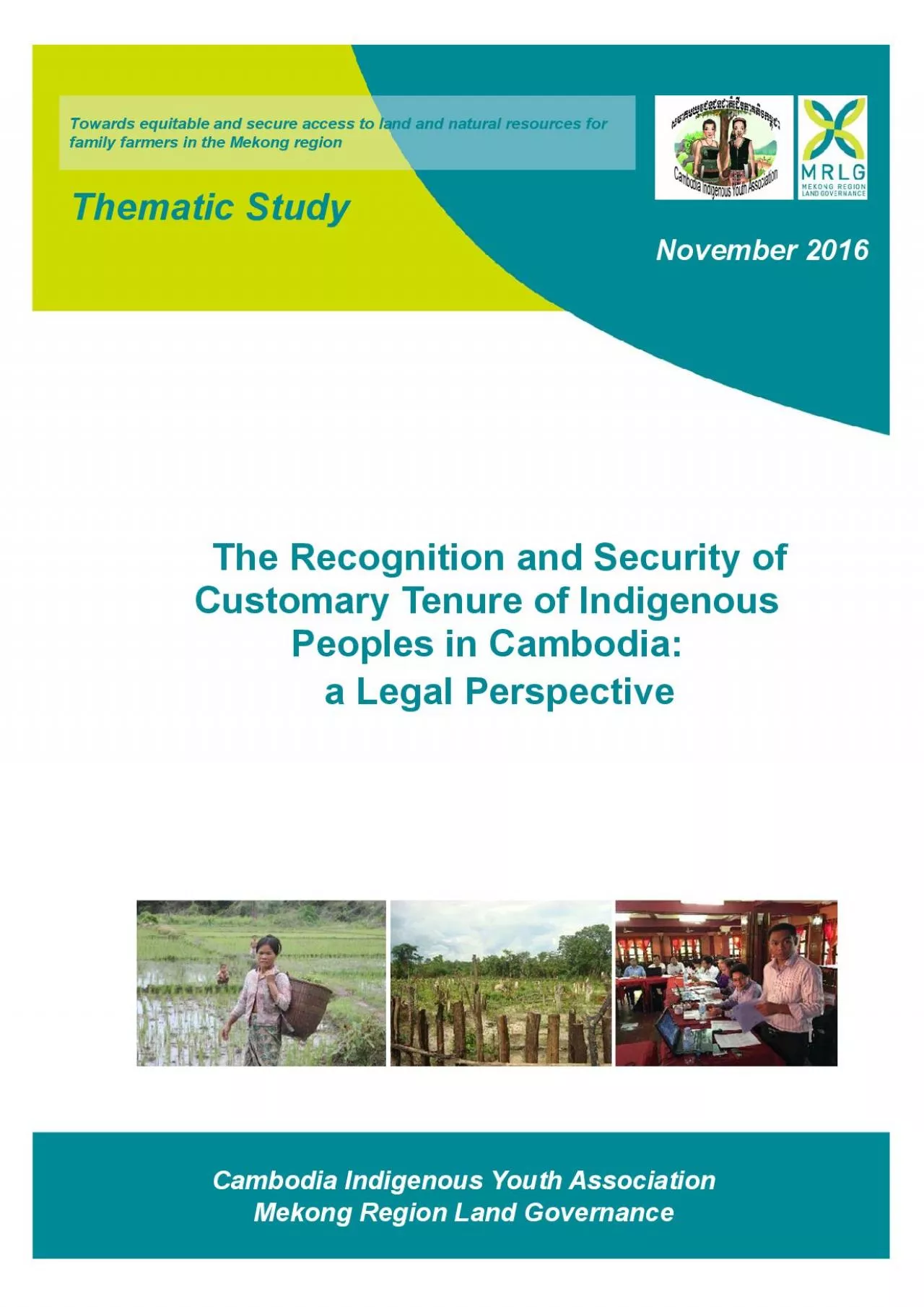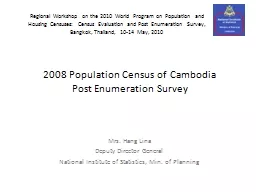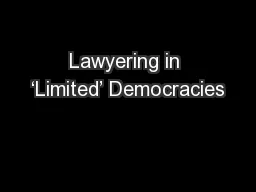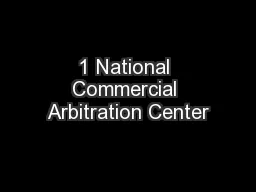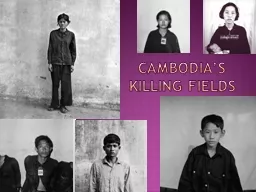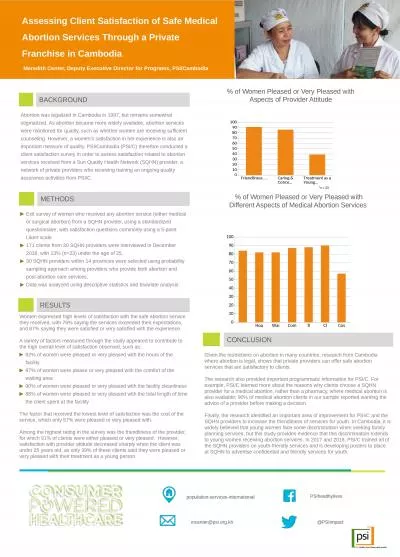PDF-A common view of Cambodia
Author : linda | Published Date : 2021-01-05
Procedure for the Registration of IP Communal Lands xx0003The second seminar held on 4 February 2016 and attended by 17 participants 3 women 8 IPs focused on the
Presentation Embed Code
Download Presentation
Download Presentation The PPT/PDF document "A common view of Cambodia" is the property of its rightful owner. Permission is granted to download and print the materials on this website for personal, non-commercial use only, and to display it on your personal computer provided you do not modify the materials and that you retain all copyright notices contained in the materials. By downloading content from our website, you accept the terms of this agreement.
A common view of Cambodia: Transcript
Download Rules Of Document
"A common view of Cambodia"The content belongs to its owner. You may download and print it for personal use, without modification, and keep all copyright notices. By downloading, you agree to these terms.
Related Documents

